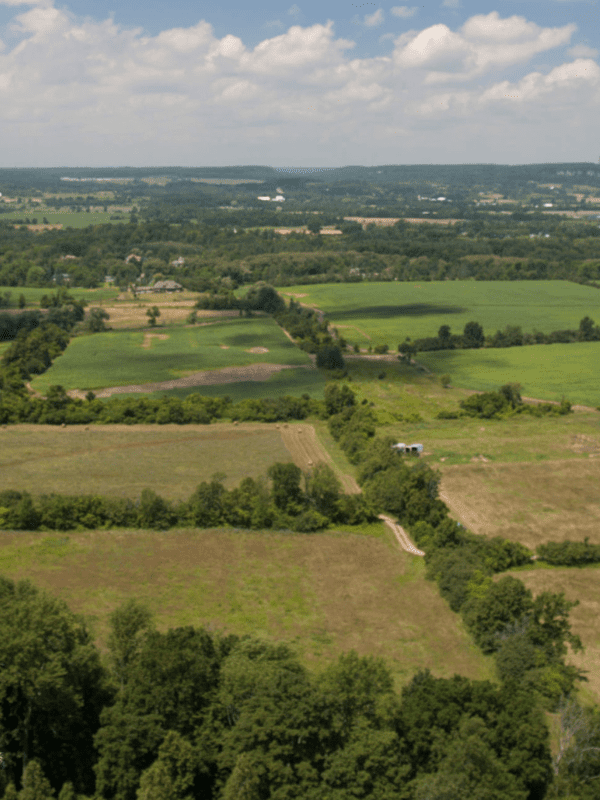Toronto, Ont. – Ontario’s proposed Highway 413 will increase transportation emissions in the province, escalate suburban sprawl alongside the highway, and cause billions of dollars in damages from heightened air pollution in nearby communities. That’s the conclusion of Environmental Defence’s new report: Paving Paradise: The Impact of Highway 413 on Greenhouse Gas Emissions, Air Pollution and Suburban Sprawl
Environmental Defence teamed up with Eunomia Research & Consulting to calculate that the vehicles using Highway 413 will add up to 700,000 tonnes of greenhouse gas emissions annually, leading to a cumulative total of 17.4 million tonnes of emissions by 2050, assuming today’s vehicle mix remains unchanged. This is more pollution than the entire City of Toronto emitted in 2018.
“Transportation emissions have been rising in the GTHA for years,” said Sarah Buchanan, Ontario Climate Program Manager at Environmental Defence. “The province’s plan to build the multi-billion-dollar Highway 413 will make this worse by putting more cars on the road. Ontario’s climate change targets to reduce emissions are already a distant hope, but encouraging more driving and suburban sprawl will make them completely unattainable.”
Scientists stress that to avoid climate catastrophe we must reach net-zero emissions by 2050. But building Highway 413 locks Ontarians into a high-carbon future where more people are encouraged to drive, and more sprawling subdivisions and strip malls replace valuable farmland and green spaces. Ontario can take the path towards net-zero by scrapping this highway and prioritizing affordable, accessible public transit, and walkable, bikeable, communities in all corners of the GTHA.
Building a new 400-series highway would also mean direct health impacts on nearby communities. The risk of premature death from respiratory illnesses like asthma or lung cancer skyrockets for people who live close to a highway or major road. Our modelling shows that Highway 413 could cause up to $1.4 billion dollars in cumulative damages from air pollution by 2050. These damage costs will increase more quickly if developers build more suburban sprawl close to the highway, exposing more people to air pollution.
“This highway has been rightly called a sprawl accelerator. 30 years after the underused Highway 407 was built, much of the farmland near the highway was converted to sprawl. We can expect the same to happen to the land near Highway 413. This means more car-dependent communities with high carbon footprints, and more people exposed to damaging air pollution. This is the opposite of the healthy future Ontarians want and deserve. It’s clear that the province must cancel Highway 413,” added Sarah Buchanan.
Read the report Paving Paradise: The Impact of Highway 413 on Greenhouse Gas Emissions, Air Pollution and Suburban Sprawl here.
About ENVIRONMENTAL DEFENCE (environmentaldefence.ca): Environmental Defence is a leading Canadian environmental advocacy organization that works with government, industry and individuals to defend clean water, a safe climate and healthy communities.
-30-
For more information and to arrange an interview please contact: Allen Braude, Environmental Defence, abraude@environmentaldefence.ca







